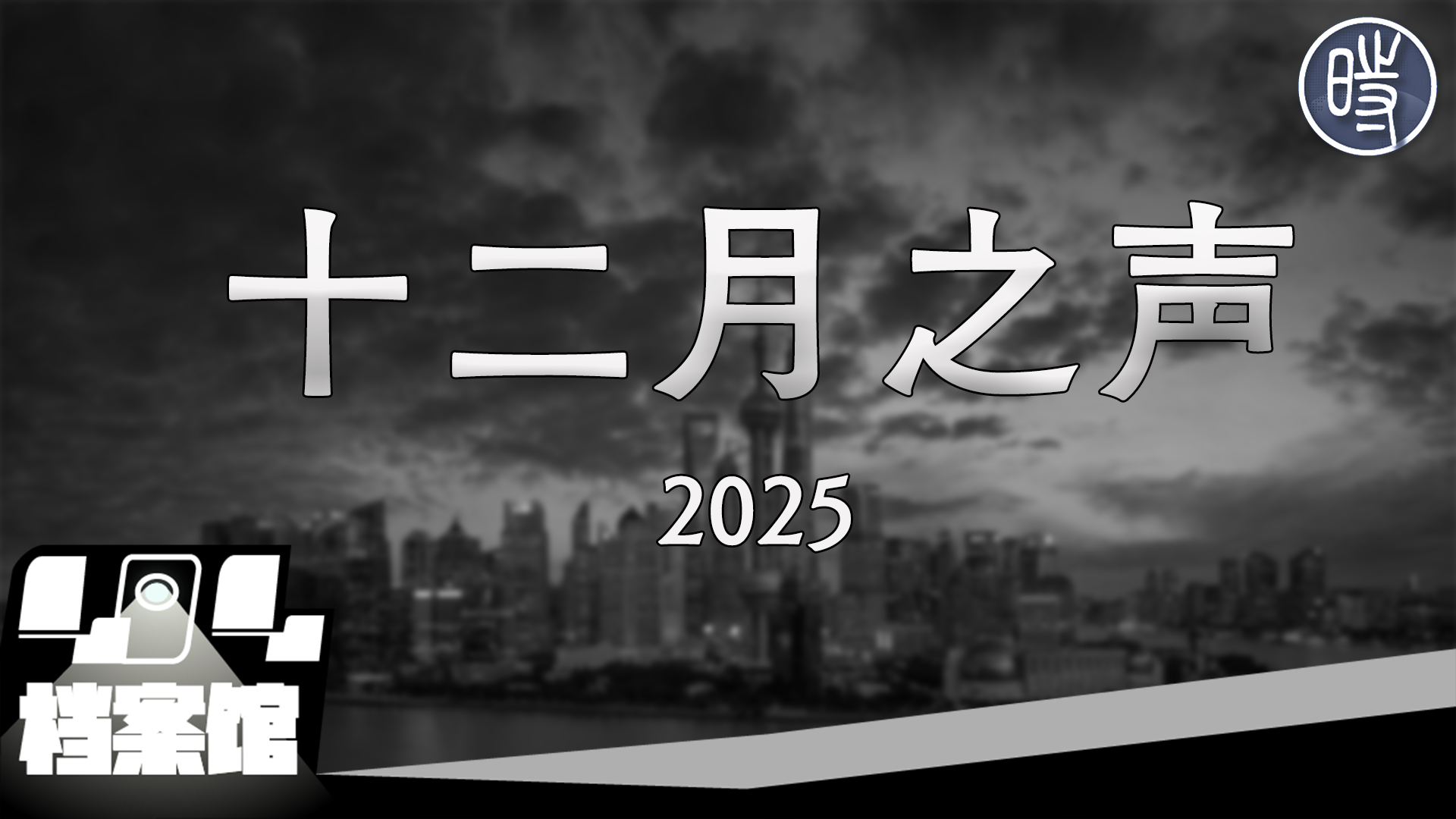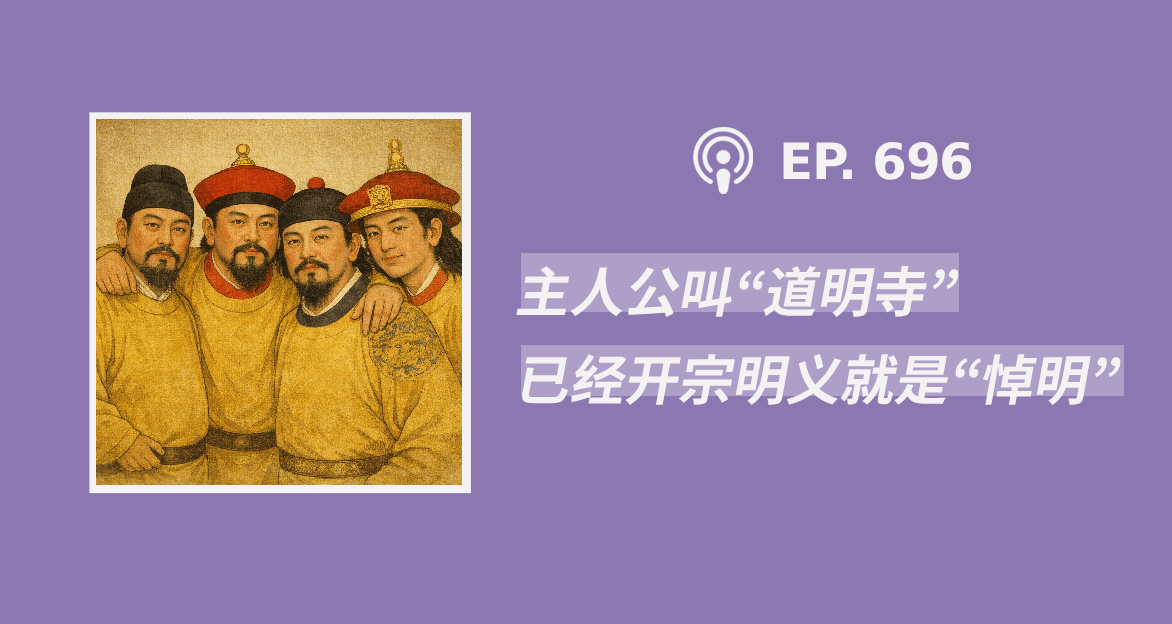作者:我看中国 | 评论(0) | 标签:重庆, 中国, 美国, 外交政策
作者 CHRISTINA LARSON
来源:http://www.foreignpolicy.com/articles/2010/08/16/chicago_on_the_yangtze?page=0,3
Yan Qi spent most of her childhood living with her grandparents in a mountain village on the outskirts of what is now the world's fastest-growing city. It was always raining, she remembers, and nothing much seemed to happen. With no bridges to cross the fast-flowing Yangtze River, the nearby town center — today a 40-minute drive away — took several hours to reach by long-distance bus.
Today, Yan Qi works not far from where she grew up, at her company headquarters on a vast estate north of Chongqing. At 43, she is one of the richest women in the country, a restaurant tycoon whose Tao Ran Ju — “Joyous Restaurants” — chain now operates more than 90 eateries in 26 far-flung provinces, from low-end noodle shops to luxurious banquet halls. When we met this spring, at her new $30 million company compound, Yan Qi was modest about her good fortune. “In good times and bad times, Chinese people will eat,” she told me, “and especially in good times.”
These are good times indeed for Chongqing, home to 32 million people and growing so quickly its maps are already out of date by the time they are printed. The bursting municipality — a dense urban core ringed by rapidly changing rural districts that together are about the size of Austria and now have more people than Iraq — is the gateway to China's fast-filling west. Ambitions and limitations collide there at the same spectacular speed with which the city has exploded and, along with it, the prospects of its luckier residents.
For Chongqing has grown from an obscure Yangtze River port of 200,000 in the 1930s to a city of 2 million when Yan Qi was born in 1967 to a sprawling megametropolis dubbed the “fastest-growing urban center on the planet” in 2006 by Britain's Channel 4 (based on satellite imagery comparing how quickly cities subsumed land of the surrounding countryside). In Chongqing's northern New District today, it is possible to drive for more than half an hour past high-rises of 30 to 50 stories, block upon block, where five years ago there were only fields. In 1998, Chongqing had a GDP of just $21 billion; by 2009 it had quadrupled to $86 billion. Last year, Chongqing's GDP grew at an eye-popping 14.9 percent, nearly twice the impressive growth rate of China as a whole.
How did this happen?
Historically and geographically, Chongqing hardly seemed destined for greatness. Quite the contrary. It was by no means inevitable that a misty, ancient town built on the bluffs of the Yangtze would become the fastest-sprawling global metropolis, or for that matter one day spawn the Ray Kroc of western China. Indeed, Yan Qi's meteoric rise, like that of the city, is difficult to explain by logic alone. But it is emblematic: Timing, luck, geography, government largesse, and, in her case, an obscure Yangtze River snail, all played a part.
The daughter of low-level civil servants who had trained for a safe career as a government accountant, Yan Qi instead opened her first restaurant in 1995, at age 28. She was struggling to attract customers until she concocted an original signature dish, dredging up an unknown gastropod from the muddy banks of the Yangtze and christening it “the spicy river snail.” Diners eat it with a plastic glove on the left hand, using the right hand to pry the snail from its shell with a long toothpick and then dipping the meat in a special sauce. The dish appealed to locals' famously hot palate and taste for novelty.
A small fad in a big market at the right time can change everything, quickly. In the late 1990s, China was becoming wealthy enough for an increasing number of new middle-class customers to afford to eat out. Yan Qi opened her second restaurant in the nearby city of Chengdu in 1997 and by 2000 was opening a new franchise approximately every month. In 1999, Tao Ran Ju had annual sales of $8 million; by 2009, with branches across western China, that number had jumped more than 40-fold to $350 million.
At a moment when China, like the United States in the postwar 1950s, was beginning a period of rapid growth and consumption, Yan Qi was well on her way to becoming a golden franchise empress. And that, in fact, is just what she is working on next, studying the business models of KFC and McDonald's while envisioning how to launch a homegrown fast-food chain serving not Big Macs and fries but steamed buns and dumplings. She is, she says — and not at all modestly this time — “planning to do China's fast food.”
Of course, it's hard to truly plan for growth on such a scale, whether you're a megamillionaire like Yan Qi or a megacity like Chongqing. Nonetheless, steering the unimaginable is precisely the challenge ahead for fast-growing China. By 2030, 400 million people — more than today's entire U.S. population — are expected to move from China's villages to its cities.
In Britain, the birthplace of the Industrial Revolution, there are only two cities with a population of more than 1 million; in the United States, there are just 10 such cities. But already in China, there are 43 cities of more than 1 million, and by 2030 there will be 221, the McKinsey Global Institute predicts. Indeed, the role that China comes to play in the 21st century may well depend not on the size of its navy, the wiles of its diplomats, or even the next appointments to the Politburo, but on how China manages the largest mass urbanization in history. Chongqing, absorbing roughly 1 million new urban dwellers each year, is at the spear tip of this experiment.
But China is not nearly as prepared as it might seem. Although China's leaders are excellent at ordering up vats of concrete and orchestrating grand infrastructure projects, they do not always adequately anticipate the consequences. Beijing can quickly and decisively steer funds toward massive undertakings that would be impossible (or take much longer) anywhere else in the world, but there is a flip side: When Beijing screws up, it can screw up royally. A day's drive downriver from Chongqing is the Three Gorges Dam, the world's largest hydropower project and a grand symbol of China's engineering ambitions. It is also the cause of massive landslides and floods that forced top officials last year to admit the potential for an environmental “catastrophe.”
In today's China, it is most accurate to say there is a profound appearance of planning. This holds true for urbanization, as for much else. “Planning is really a form of publicity,” one researcher at the Ministry of Housing and Urban-Rural Development in Beijing told me. He explained: “It's a paradox. Things here are very planned, in that lots of plans are being made. But in practice, it's a lot messier. It has to do with the way that plans are used — or not used.” As for the megacities now rising across the country: “In theory, all development has to be guided by plans. But cities across China are operating without plans being approved — plans don't have that constraining effect. 'City planner' is an aspirational title; mainly it involves approving plans that are already in the process of being built.”
And so, as we watch the world's fastest project in city-building unfold, it is important to realize that there is no blueprint; China has embarked on an extraordinary course of what Jeffrey Wasserstrom, author of China in the 21st Century, calls “unintentional urbanization.” Think of it as a railroad car hurtling down the line at the same time that attendants scramble to hitch on the wheels and lay the track.
For centuries, Chongqing was the end of the world, an outpost defined by its isolation.
The Yangtze, one of China's two great rivers, flows from the Tibetan plateau down to the Pacific Ocean; it passes through a series of gorges and hairpin turns close to where the ancient city of Chongqing was built on a finger of land near the Yangtze's convergence with the smaller Jialing River. Steep cliffs rise up on either side, and fog blankets the mountains for half the year. Farmers once built houses on wooden stilts, perched on stony bluffs. It is always raining, or about to rain, in the mountainous city; the only difference from ancient times is that now the fog, mixed with smog, obscures the tops of the skyscrapers. Most of China's big cities are vast and flat, but in Chongqing everything is going up or coming down. It is possible to see where something begins, but not where it ends. Roads disappear suddenly into tunnels or veer off along overpasses. The mist means taxi drivers must swerve around corners on instinct as much as vision. It's a city where no one really knows quite where they're going.
Chongqing was long a holdout against the cycles of history, the major port of unruly Sichuan province, which repelled successive waves of invasion and defied assimilation with China's east. “It has lived behind its forbidding mountain barriers as a law unto itself throughout Chinese history,” as Theodore White, a Time correspondent in Chongqing in the 1940s, and Annalee Jacoby wrote in Thunder Out of China. “Its remoteness and self-sufficiency set the province apart from the main stream of national events. It figures in legend and history as a mystic land far back of beyond.”
Chongqing's people were wary of outsiders; legends and charms were devoted to keeping the world at bay. The mist, it was said, was there to insulate them. Connections to the outside world encroached slowly. The first telephone company set up shop in 1931; reliable electricity came in 1935.
And then, quite suddenly, Chongqing's mountain isolation attracted people to it. In 1938, the vulnerability of China's eastern coastal cities to Japanese bombers led Nationalist leader Chiang Kai-shek to select the remote city as his wartime capital. Chiang's government moved military facilities and factories to the relative safety of its surrounding mountains. Refugees descended on the city, its population swelling to a million in less than a year. This gave Chongqing a new energy. It also attracted heavy bombing from the Japanese, whose air raids transformed muddy hillsides into cemeteries and ancient walls into rubble.
When the fighting — and the Chinese Civil War that overlapped it — ended, China's new Communist government officially demoted the city, folding it back into Sichuan province. As White and Jacoby wrote, “London, Paris, Moscow, and Washington are great cities still, centers of command and decision; the same great names live on in them, the same friends meet at old familiar rendezvous. But Chungking was a function of war alone, a point in time; it is dead, and the great hopes and lofty promises with which it once kindled all China are dead with it.”
But today Chongqing is not dead, and it is no longer the end of the world.
It was the Soviets who first helped re-engineer the city, assisting with the first bridge over the formidable Yangtze, completed in 1965. Today, there are a dozen life links across the river that once separated the isolated villages; one of the latest is a replica of San Francisco's Golden Gate Bridge. Few physical traces of the past remain, though near the riverfront there is now a modern re-creation of what the ancient city looked like, with its spindly stacked houses on stilts, fashioned in concrete to look like wood, and housing crowded noodle shops and stores selling knickknacks. A Starbucks recently opened on the top level.
In 1983, shortly after the launch of China's market reforms, Chongqing became the country's first inland port open to foreign trade; that year it was designated by Beijing as one of a handful of cities allowed to experiment with a more liberal economic policy, which gave Chongqing an early advantage. Since then, the city has turned its old geographic burdens into blessings — of a sort.
The construction of the Three Gorges Dam, bridging a series of dramatic ravines downstream from Chongqing, began in 1994, sending a torrent of 1 million refugees from their homes along the riverbanks and forcing a massive social and economic reinvention of the nearby city. To address the huge influx, China's central government elevated Chongqing to “direct city” status in 1997 that made it tantamount to a province and allowed it to join Beijing, Shanghai, and Tianjin as the only cities in China not under the thumb of a regional government. Its territory was also enlarged, giving its municipal government rare jurisdiction over adjacent rural districts — and a nearly unchecked ability to convert that land for development.
And convert it has, at astonishing speed. The sale of property rights for development, which accounts for fully one-fourth of the local government's annual revenue, jumped 18 percent last year. Chongqing's ability to expand amoeba-like into the countryside is the envy of other Chinese cities.
Its inland location, long an isolating factor, is now one of Chongqing's chief draws — for funds from Beijing and, more recently, for foreign investment. As a legacy of its wartime capital days, Chongqing remains the center of China's weapons industry. With the conversion of many military factories to civilian use, the city has also become a leading producer of chemicals and cement, as well as China's top motorcycle manufacturer, churning out the omnipresent Lifan cycles one sees whizzing around cities throughout China and Southeast Asia. Since 2002, the central government has also directed funds to Chongqing as part of its campaign to develop western China, long the poor cousin to the booming east.
Yet Chongqing is developing differently than eastern manufacturing hubs such as Guangzhou and Shenzhen, which make millions of televisions, iPhones, and high-priced tennis shoes to ship to the West. The “Chongqing Model,” as a 2009 cover article in the Hong Kong newsweekly Yazhou Zhoukan dubbed it, is about meeting the needs of China's own rapidly growing consumer market: Fully 90 percent of the industrial goods manufactured in Chongqing, from cement to automobiles, are sold at home.
Increasingly, many of those goods are made by foreign companies. Ford Motor Co. recently located assembly plants on the outskirts of Chongqing; all Ford Focuses now on the streets of Beijing and Shanghai were assembled there. In 2008, Hewlett-Packard established a call center in Chongqing, and the company is now building a plant to manufacture laptops. Already, Chongqing pulls in more foreign investment than any other city in central or western China — a whopping $2.7 billion in 2008. (The savvy local government recently instituted a corporate income tax of 15 percent, far below the national standard of 25 percent, to keep the money coming.)
Chongqing is also now investing heavily for the future, shelling out extraordinary amounts on the city's once abysmal infrastructure. Among the estimated expenditures this year: $1.5 billion for expansion of the city's light-rail system, $1.2 billion on rail lines, and $2.3 billion on freeways connecting Chongqing to other cities in western China. One notable project is the expansion of Chongqing's Jiangbei Airport, where two new terminals are planned. Currently the airport can handle 14 million passengers annually; the plan is to be able to handle 30 million passengers by 2011 and 70 million by 2020.
Chongqing's economy has grown at an ever steeper rate since it was made a “direct city.” But though the area is growing rapidly, most of its residents are hardly rich. Chongqing's per capita income is only about $3,300 a year. To put that modest sum in perspective, Beijing's annual per capita income is more than $10,000, Hong Kong's is $44,000, and New York's $73,300.
So the city's shiny new shopping plazas and skyscrapers reveal only a partial picture of how people are living. When I went shopping one morning with the wife and daughter of a successful local developer, they were both wearing precisely the same outfits they had worn the day before. That probably won't be the case in 10 years — just as it's now no longer acceptable for middle-class Beijingers — but for now Chongqing's up-and-comers have yet to figure out what their new means will afford. Even Yan Qi's plush living quarters in what is known as a “villa” in China are hardly fit for a Western tycoon: “two floors and one garden,” as she put it.
Still, there's an intoxicating feeling of a city on the make. Downtown, the clusters of new high-rises are said to be taller than those anywhere else in China, owing to the strength of the mountain foundation. Because flat land is scarce, they are also built extremely close together. There is a saying in Chongqing that when you need to borrow money, you can simply lean out the window of one skyscraper and grab an envelope from someone's extended hand the next skyscraper over.
To the Western eye, blue-domed roofs belong on French estates, stone turrets on castles, and white Corinthian columns on Greek temples. But in Chongqing's megablock developments, brand-new 40-story steel-and-glass towers are crowned with all such manner of rooftop ornamentation, the epitome of luxury to the new occupants. The building complexes have names evoking things that have never been: Palm Springs, Spring Garden, Uptown, Olympic Gardens, Hampshire Houses, Modern Castle.
But the insides aren't quite as luxurious as their names suggest. The apartments often have metal doors painted tan or brown. The bathrooms are generally one large tiled space, with no division between shower and toilet areas. Such cost-saving shortcuts are common in hasty Chinese construction. The lobbies of even upscale new condo high-rises often look rundown and uninviting.
All of which is to say that Chongqing is still very much a place in transition. The best views of the new $200 million Opera House are from the windows of old tenements across the river, occupied by day laborers and migrant porters called “bang bang men,” where there is still no running water. One afternoon I went with friends to a restaurant called Chongqing Mansion, which had pink tablecloths, bouquets of roses, and marble columns in the dining hall, but it was closed because the gas is shut off every day between 1 and 5 p.m. to conserve power. During that time, the staff waits in the dark.
When I visited Yan Qi at her offices in April, we sat in her boardroom, at the end of a long black conference table. “The brand is very important,” she told me as we talked about her plans to expand into fast food. She was wearing a black jacket over a white blouse, a short black skirt, black hose, and patent-leather black heels with rhinestone buckles. Her long hair was pulled back with a pink headband. She explained that the secret to success in China was smart branding and “understanding the political economy.”
Yan Qi's business card lists a long scroll of titles and awards, from president of the Chongqing Catering Chamber of Commerce to, most significantly, member of the Chinese People's Political Consultative Conference, a political advisory body that meets annually in Beijing to deliver recommendations to central Communist Party authorities. The walls outside her office are lined with framed photos of the restaurant entrepreneur shaking hands with prominent officials, including Chongqing's current Party boss, Bo Xilai.
Not long after Yan Qi met Bo, the construction of her $30 million headquarters campus began, at government expense. As her friend, the Chongqing writer Huang Jiren, put it: “If your enterprise or company wants to grow, government support is very important — it is an 'invisible asset.'” Or, as a People's University professor told Richard McGregor, author of The Party and a longtime China correspondent for the Financial Times: “The Party is like God. He is everywhere. You just can't see him.”
In fact, you see Bo everywhere. I spotted another photo of his grinning visage when I went to visit the headquarters of the Number 1 Construction Company of Chongqing, the city's largest developer. As I waited on the white leather sofas inside what the company calls its “Glory Room,” I noticed the poster-size photo of Bo hanging on the wall amid various awards the company had received from government and industry groups — “Model Unit,” “The Best Corporate Identity,” “The Best Civilized Unit.” Nearby hung similar framed photos of the company president shaking hands with other political notables, such as President Hu Jintao and Premier Wen Jiabao. Jiang Honglin, the company's assistant chief engineer, pointed to the mounted photos and explained their practical significance: “Reputation is important for a business to attract business.”
Tall, charismatic, and media-savvy — all rare traits in a Chinese politician — Bo is the closest thing China has today to a celebrity mayor. If Chongqing is China's Chicago (as local officials now like to brag), then Bo Xilai is surely its Richard Daley. The son of Bo Yibo, one of a circle of legendary party leaders known as the “Eight Immortals” who tightened their grip on power after the Tiananmen Square crackdown, this Bo was born in 1949. Before he came to Chongqing three years ago he served as mayor of Dalian, a prosperous eastern coastal city where he perfected a sort of authoritarian populist style. That is, he talked a lot about improving the quality of life for the average person, while ramming through measures with a ruthlessness that earned him respect and fear among China's political elite. He left his mark on Dalian by, among other things, attracting foreign investment, making the city a technology-manufacturing hub, increasing its green space, and reinvigorating law enforcement with a publicity-savvy spin (including hiring conspicuously tall and attractive female police officers to patrol public areas on horseback).
As Chongqing's party secretary — a big promotion, given Chongqing's status as equivalent to a province — Bo is continuing to shake things up and is very much in the public eye. He was named “Man of the Year” in a recent People's Daily Internet poll. A Chinese rap tribute to Bo, by a man who presents himself as an ordinary worker, went viral early this year (lyrics: “Your eyes are like a pair of swords flickering cold light.… The corrupt shudder at the very mention of your name”). In a late June speech, Bo rolled out a new concept, “spiritual health,” a sort of rhetorical anti-materialism, explaining, “Improving people's livelihood doesn't only mean eating braised pork in brown sauce or wearing pretty clothes.” On a more traditional note, he also said, as the Chongqing Evening News reported: “We have to carry forward the Party's old tradition of making friends with the workers and peasants and those with difficulties.” Some of China's political writers have begun referring to Bo as embodying a “New Maoism.”
What's so unusual for a Chinese politician is how feverishly Bo seeks the spotlight. One of the early moves that earned him praise in Chongqing was his creative handling of a 2008 wage strike by the city's famously intemperate taxi drivers. He invited disgruntled parties to meet with him to negotiate terms in a forum broadcast on state television — to much public attention and curiosity. More recently, Bo's office has sent mass SMS messages with his pithy thoughts and choice quotations from Chairman Mao to millions of Chinese students. In sharp contrast to an opaque and unwieldy government bureaucracy that still insists on fax requests for many procedures, Bo presents himself as modern, nimble, and populist-minded. He has articulated five widely touted mottos for transforming Chongqing, focused not only on GDP growth but on standard of living: “safe Chongqing, livable Chongqing, accessible Chongqing, healthy Chongqing, eco Chongqing.”
Thus far, the one that has attracted the most attention is his drive to create a “safe Chongqing.” Since 2009, Bo has waged war on the city's notorious underground crime syndicates, thought to be among the most deeply entrenched mafias in China. A massive sting operation by the Chongqing Security Bureau in 2009 “cracked 32,771 criminal cases,” according to government news releases, and led to the arrests of 31 mob bosses, who were paraded in a Chongqing courtroom at the start of trials last October. Six were sentenced to death, the first of whom was executed by lethal injection in July. The others were given lengthy sentences. The trials inspired breathless media coverage, which largely depicted Bo as a hero and lingered over salacious details of the proceedings — such as claims that a 46-year-old woman, Xie Caiping, nicknamed the “godmother” of Chongqing's underworld, operated 30 illegal gambling halls and had 16 young lovers. Xie is also the sister-in-law of Chongqing's deputy police chief.
While Bo's crackdown earned popular plaudits, it made some high-ranking officials within the party system nervous. The trials exposed the extent to which criminal behavior is enabled by connections with legitimate authority in China, a taboo from the point of view of more conservative party leaders. But Bo is no straightforward reformist: His government also imprisoned, on dubious charges, a well-regarded local lawyer, Li Zhuang, who was set to defend the accused mobsters in court.
What's clear is that Bo is a maverick with a mission — openly vying for a 2012 appointment to the nine-member Politburo Standing Committee, China's top decision-making circle — who sees in the city a platform for his considerable ambitions. For the most part, this is good for Chongqing's people, except for those who get in his way. His smiling mug is on everything from billboards to magazine covers. If you have a framed photo of yourself shaking hands with Bo Xilai, you're going somewhere in Chongqing.
“要翻墙,用赛风”.














